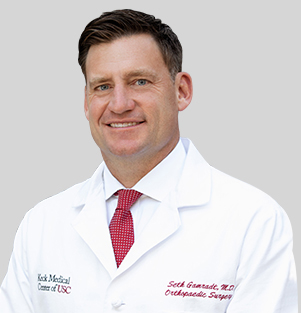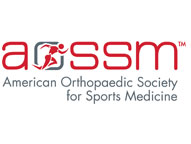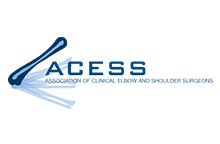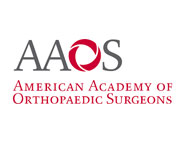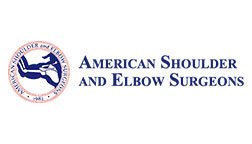The shoulder joint is a ball and socket joint made up of three bones, namely the humerus, scapula, and clavicle. The shoulder is the most flexible joint in the body that enables a wide range of movements including forward flexion, abduction, adduction, external rotation, internal rotation, and 360-degree circumduction. Thus, the shoulder joint is considered the most insecure joint of the body, but the support of ligaments, muscles, and tendons function to provide the required stability. Pain in the shoulder may suggest an injury, which is more common in athletes participating in sports such as swimming, tennis, pitching, and weightlifting. Injuries can also be caused by overuse or repetitive motion of the arms.
Learn more about some of the common conditions affecting your shoulder and its treatment options.
-
Anatomic Shoulder Replacement
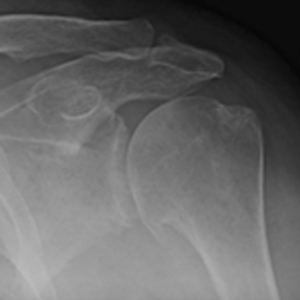
Shoulder ball (humerus) is replaced with metal and shoulder socket (glenoid) is replaced with plastic
Know More -
Reverse Shoulder Replacement

Shoulder ball (humerus) is replaced with a metal stem and plastic tray and shoulder socket (glenoid) is reversed with a metal ball. This geometry allows the shoulder to move without depending on the rotator cuff
Know More -
Revision Shoulder Replacement
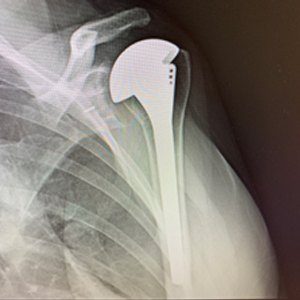
Shoulder components are replaced many shoulder revisions are reverse replacements. Infected shoulder replacements can sometimes need a two stage surgery.
Know More -
Shoulder Impingement Syndrome
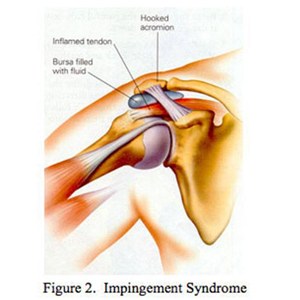
The treatment of impingement syndrome surgically is to shave the undersurface of the acromion bone to create a smooth gliding surface and to remove bursitis and inflammation.
Know More -
Arthroscopic Rotator Cuff Repair
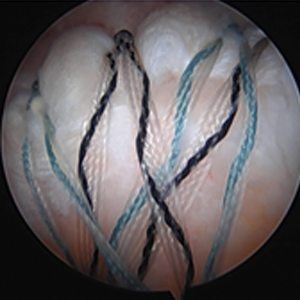
The rotator cuff is reattached with small dissolvable screws and sutures using arthroscopic techiques (camera assisted surgery through small incisions). Bone spurs are removed as well.
Know More -
Arthroscopic Anterior Labrum Repair and Shoulder Stabilization
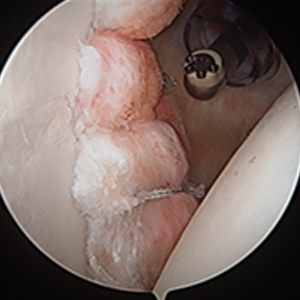
The labrum is reattached and the shoulder capsule is tightened using sutures and suture anchors using arthroscopic techniques of small incisions using a camera
Know More -
Arthroscopic Posterior Labrum Repair and Shoulder Stabilization
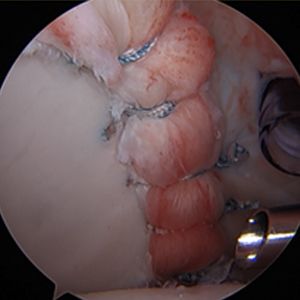
The labrum is reattached and the shoulder capsule is tightened using sutures and suture anchors using arthroscopic techniques of small incisions using a camera
Know More -
Arthroscopic Superior Labrum Repair (SLAP Repair)
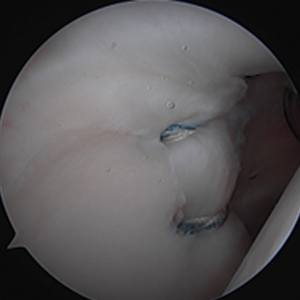
The labrum is reattached using sutures and suture anchors using arthroscopic techniques of small incisions using a camera
Know More -
Latarjet or DTA Shoulder Bone Loss Surgery
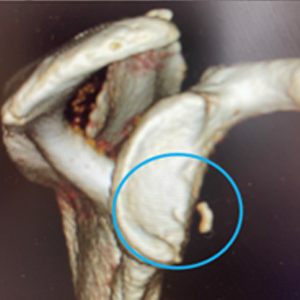
In a Latarjet surgery the coracoid process is transferred to the front of the glenoid and In a DTA surgery a distal tibial allograft is shaped and fixed to the glenoid with two screws.
Know More -
Proximal Humerus Fracture (ORIF)
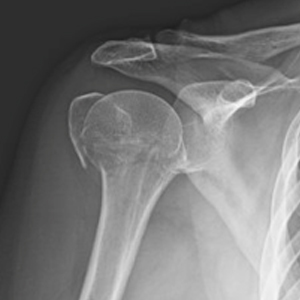
The shoulder is fixed with a special plate and screws designed specifically for the proximal humerus
Know More -
Proximal Humerus Fracture- Reverse Replacement

The shoulder is fixed with a special plate and screws designed specifically for the proximal humerus
Know More -
Clavicle Fracture (ORIF)
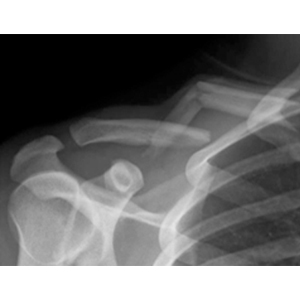
The shoulder is fixed with a special plate and screws designed specifically for the clavicle
Know More -
Glenoid Fracture (ORIF)
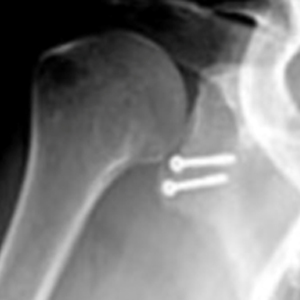
The glenoid is fixed screws designed under x-ray guidance either open or arthroscopically
Know More -
AC Joint Arthritis Distal Clavicle Resection
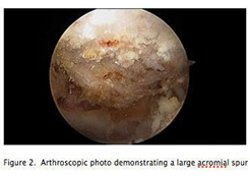
The end of the clavicle (5mm) is removed arthroscopically through small incisions with the aid of a camera.
Know More -
Frozen Shoulder / Adhesive Capsulitis
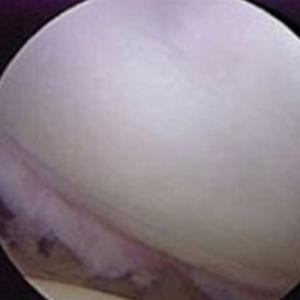
The shoulder capsule is released arthroscopically and then the shoulder is manipulated under anesthesia
Know More -
AC Joint Separation / AC Joint Reconstruction
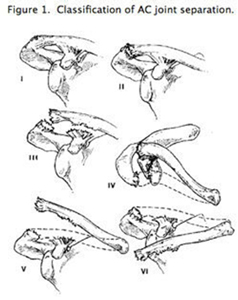
The clavicle is fixed back into place using a combination of a synthetic device and an allograft either open or arthroscopically
Know More -
Pectorails Tendon Repair
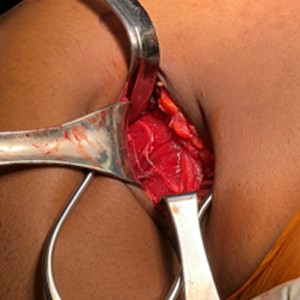
The pectoralis tendon can tear from the humerus bone with trauma or heavy lifting (typically bench press)
Know More
